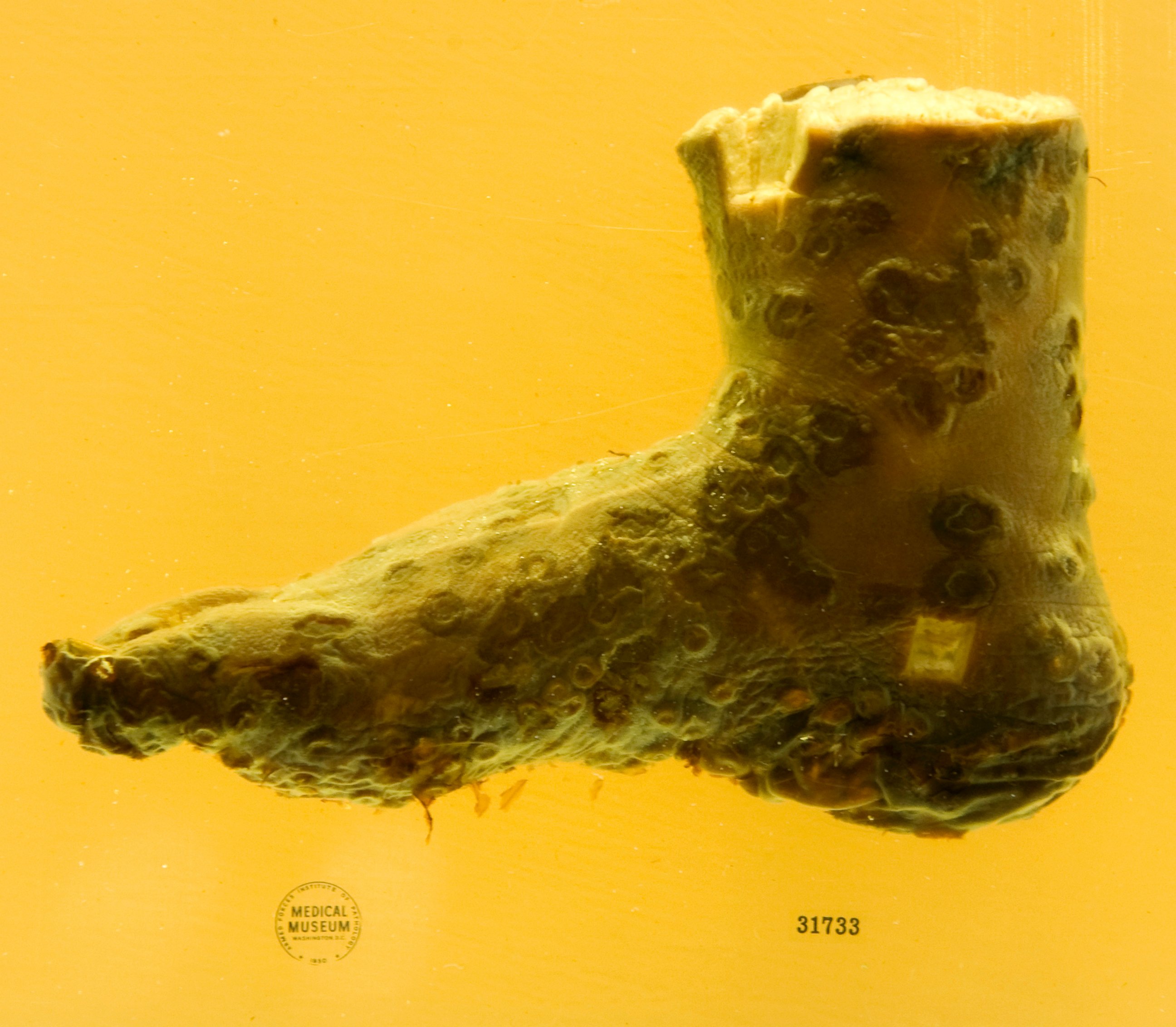WHO Debates Fate of Smallpox Vials in US, Russia
Is it safe to stash the deadly virus?
May 5, 2014— -- The World Health Organization is set to vote on whether to destroy stockpiles of the smallpox virus in the only two countries that still have them – the United States and Russia.
The frozen viruses went to the countries’ top labs between 1979 and the early 1980s – the height of the cold war. Although WHO had just officially declared smallpox eradicated, a few samples of the frozen virus were still needed for research.
But now that smallpox is so far behind us that children aren’t even vaccinated for it anymore, WHO will decide what to do with remaining virus stockpiles.
“The hazard is, could it ever by accident or by evil design leave those two containments and actually be introduced into the population again and spread?” said Dr. William Schaffner, chair of preventive medicine at Vanderbilt University Medical Center in Nashville, Tennessee.
Schaffner, who is the past president of the National Foundation for Infectious Diseases, said he’d personally like to destroy all remaining stockpiles of the virus.
“Since this is awful, let’s incinerate it and get rid of it,” he said.

Some experts want to eliminate the risk that the virus will be stolen or lost and used in bioterrorism plots, while others fear that if smallpox were to return, they would need the samples to make more vaccine or antiviral drugs, Schaffner said.
There is no cure for smallpox, and roughly one in three people infected die from the disease, according to WHO. It begins with a high fever and fatigue and progresses to include a rash and fluid-filled spots.
Schaffner said the virus is not as infectious as people think, but it can spread to people who are in close contact with one another.
In 2011, a smallpox scab on display at a museum had to be removed and tested by the Centers for Disease Control and Prevention to make sure it wasn't infectious.

Over the years, biolabs with even the strictest security have lost viruses. Just last month, a French lab lost the SARS virus. Last year, a Texas biolab lost a deadly Venezuelan virus.
Schaffner said that if the stockpiles were destroyed and the virus returned, scientists could collect specimens from patients to begin working again on new vaccines and other treatments.
The World Health Assembly will convene in Geneva, Switzerland to decide the fate of the remaining virus in late May.




